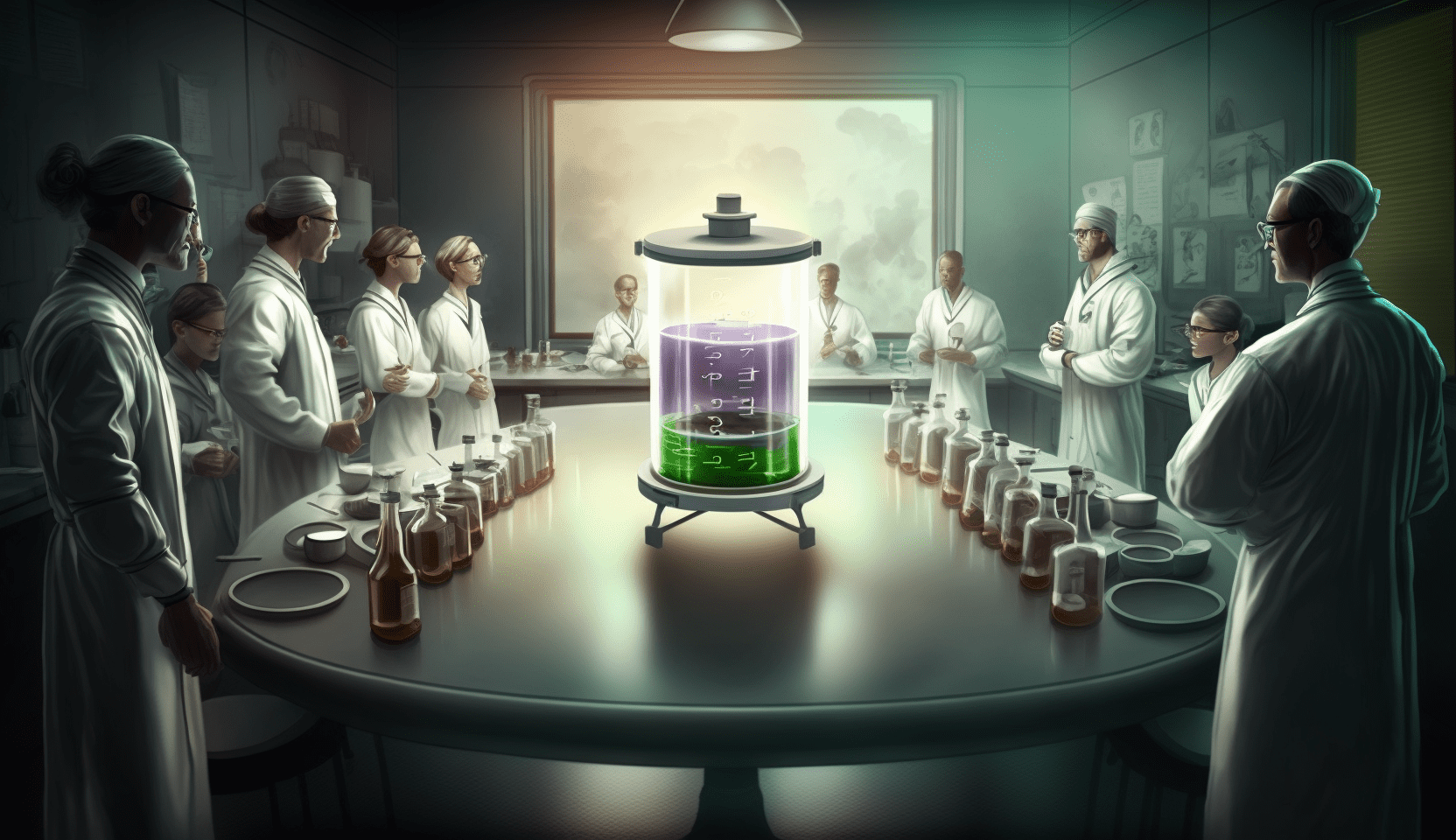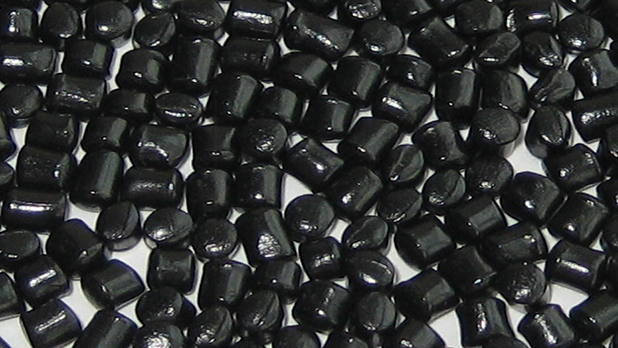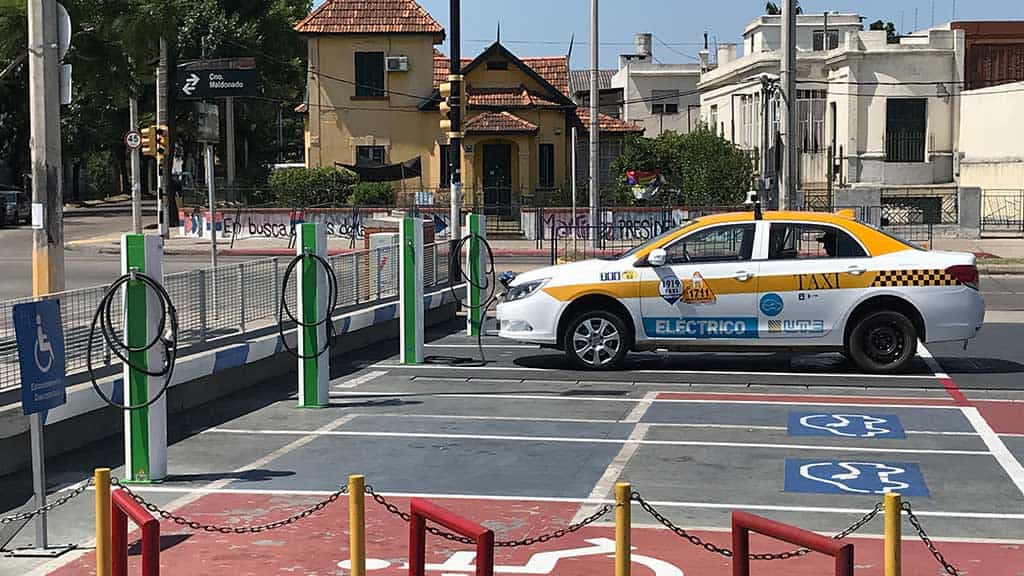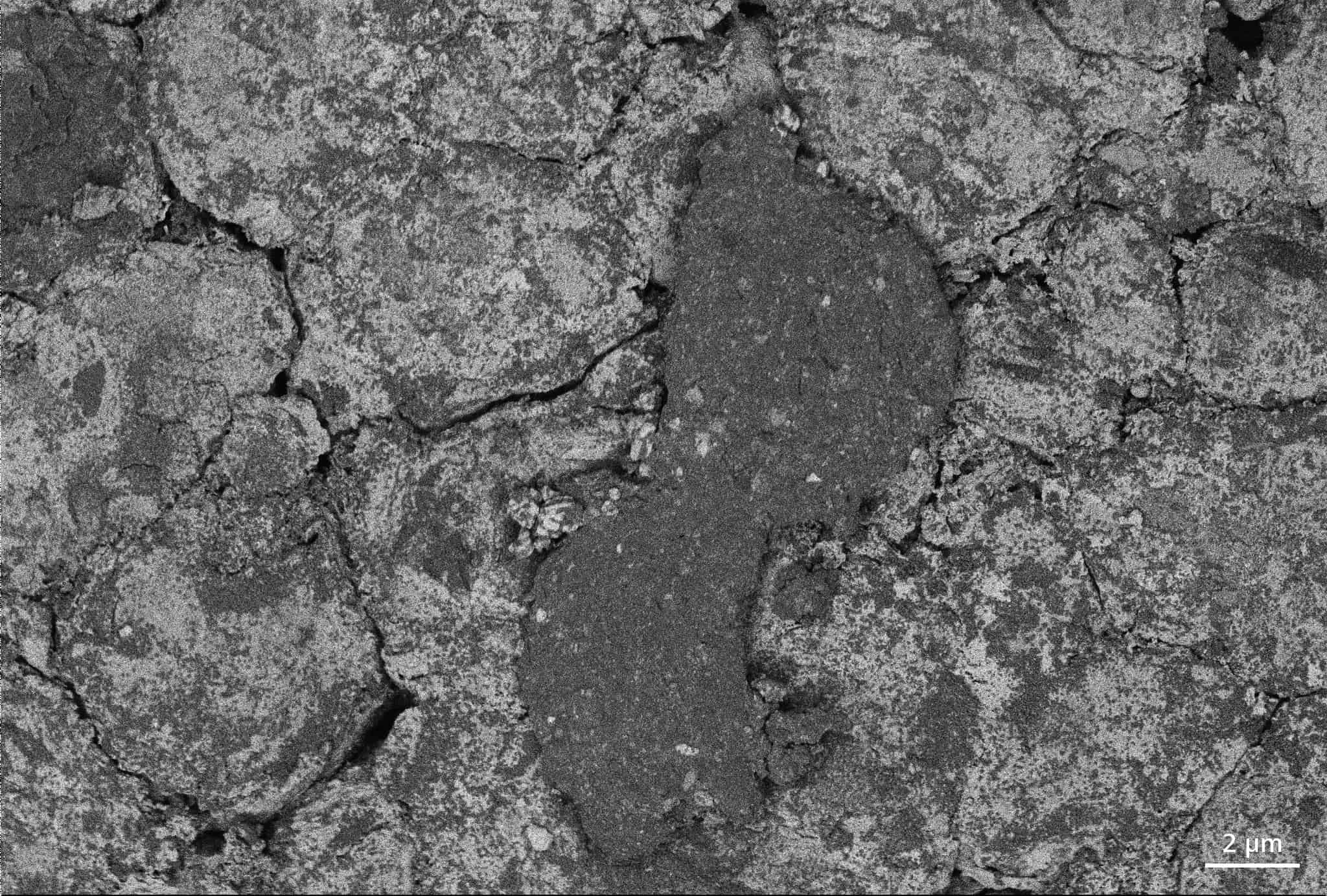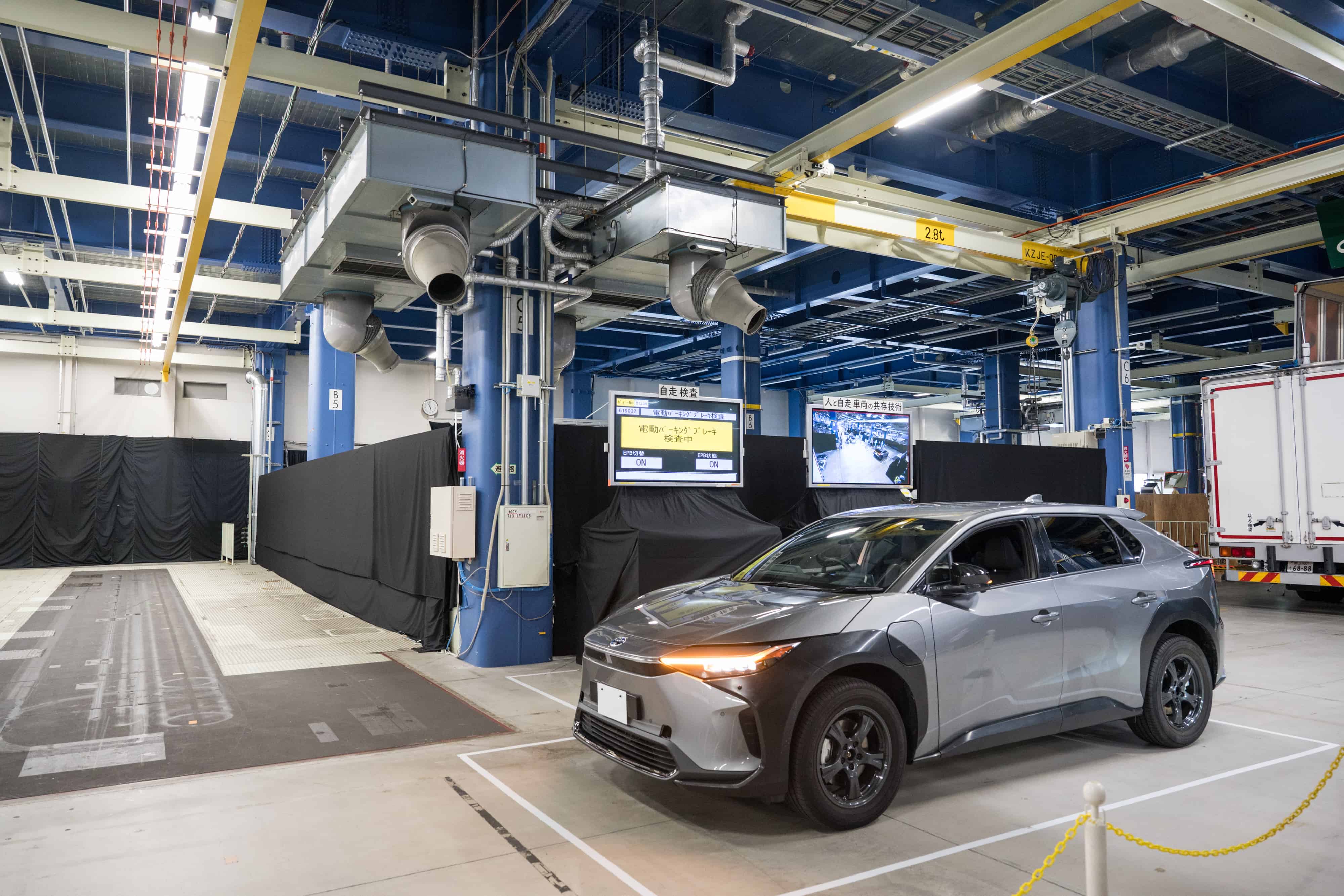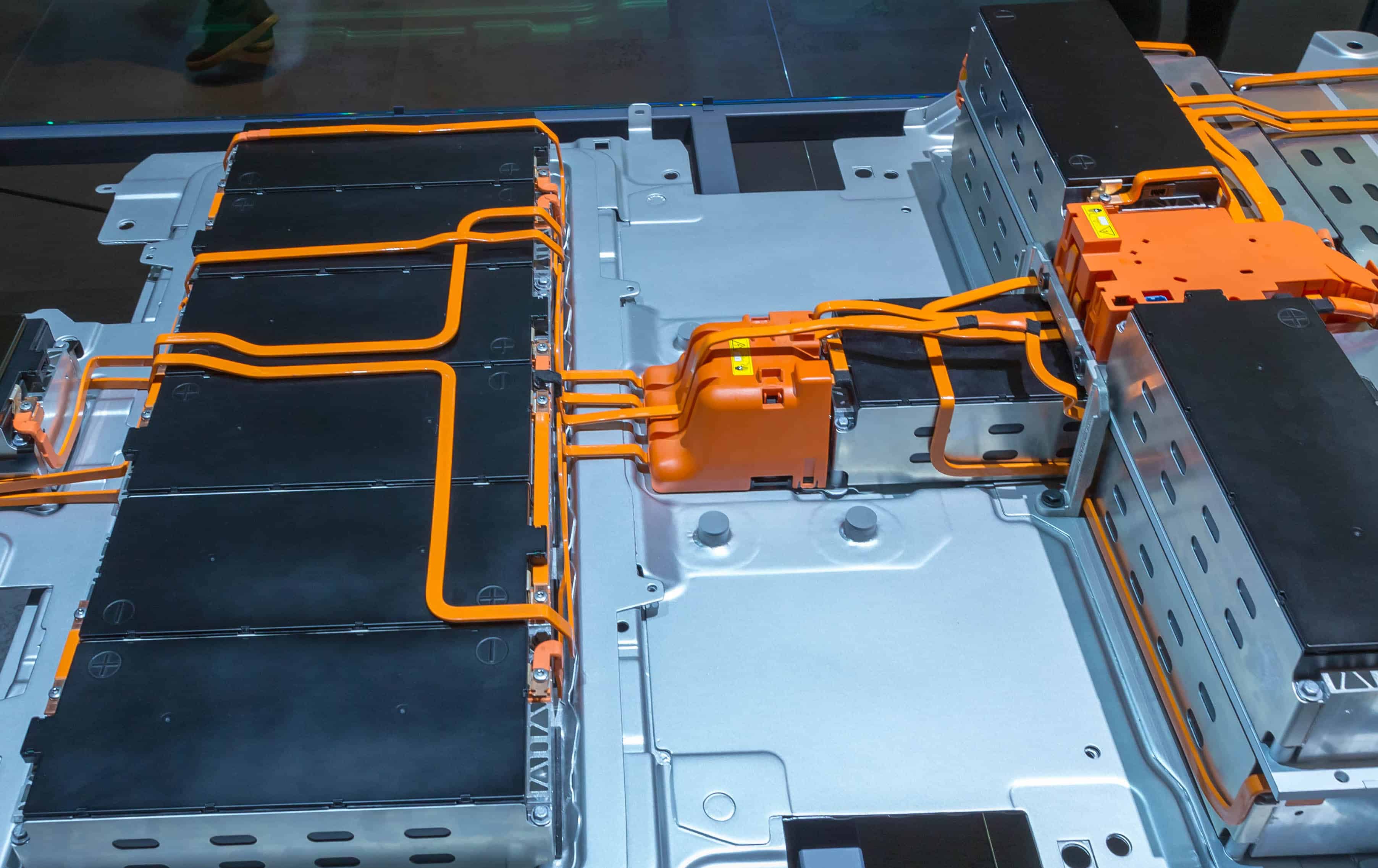
A joint research team from POSTECH and Sogang University has developed a breakthrough high-capacity anode material that could increase electric vehicle (EV) range at least tenfold. By replacing conventional graphite anodes with silicon anodes and layering-charged polymers, the researchers have created a stable and reliable anode material. The team published their findings on Chemical Communications.
A polymer-based solution for lithium-ion batteries
The need for high-capacity batteries in the rapidly growing electric vehicle market has driven researchers to explore new solutions. POSTECH professors Soojin Park (Department of Chemistry) and Youn Soo Kim (Department of Materials Science and Engineering), along with Professor Jaegeon Ryu (Department of Chemical and Biomolecular Engineering) of Sogang University, have developed a charged polymeric binder for high-capacity anode materials. This breakthrough not only enhances the capacity of lithium-ion batteries but also maintains stability and reliability, addressing the limitations of conventional graphite anodes.
High-capacity anode materials such as silicon are essential for creating high-energy density lithium-ion batteries. These materials can offer at least ten times the capacity of graphite or other anode materials currently available. However, the volume expansion of these high-capacity anode materials during their reaction with lithium poses a significant challenge to battery performance and stability. Existing research has focused on chemical crosslinking and hydrogen bonding as potential solutions, but each approach has its drawbacks.
Combining hydrogen bonding and coulombic forces
Chemical crosslinking involves covalent bonding between binder molecules, providing solidity but with a critical limitation: once broken, these bonds cannot be restored. In contrast, hydrogen bonding is a reversible secondary bonding between molecules based on electronegativity differences, but its strength (10-65 kJ/mol) is relatively weak[1]. The research team’s new polymer not only utilises hydrogen bonding but also takes advantage of Coulombic forces (attraction between positive and negative charges), which have a strength of 250 kJ/mol and are reversible. This combination allows for better control over volumetric expansion.
The surface of high-capacity anode materials is mostly negatively charged, and the layering-charged polymers are alternately arranged with positive and negative charges to effectively bind with the anode. Additionally, the team introduced polyethylene glycol to regulate the physical properties and facilitate Li-ion diffusion, resulting in a thick, high-capacity electrode and maximum energy density found in Li-ion batteries.
Implications for the Electric Vehicle Market
Professor Soojin Park explained that the research holds the potential to significantly increase the energy density of lithium-ion batteries by incorporating high-capacity anode materials, thereby extending the driving range of electric vehicles. Silicon-based anode materials could potentially increase driving range at least tenfold, leading to a substantial impact on the electric vehicle market, which has already experienced explosive growth with global sales surpassing $1 trillion in 2022 and domestic sales exceeding 108,000 units.
This breakthrough in anode technology is expected to meet the growing demand for high-capacity batteries, particularly in the electric vehicle sector. As a result, it could play a critical role in reducing dependence on fossil fuels and combating climate change by encouraging the adoption of electric vehicles worldwide.
Supporting Future Research and Development
The study was conducted with support from the South Korean Ministry of Science and ICT, the Nano-Material Technology Development Program, and the National Research Laboratory for Future Technology of Korea. As the electric vehicle market continues to expand, advancements in battery technology—such as this groundbreaking anode innovation—will play a crucial role in meeting consumer demand for extended driving range and improved performance.


